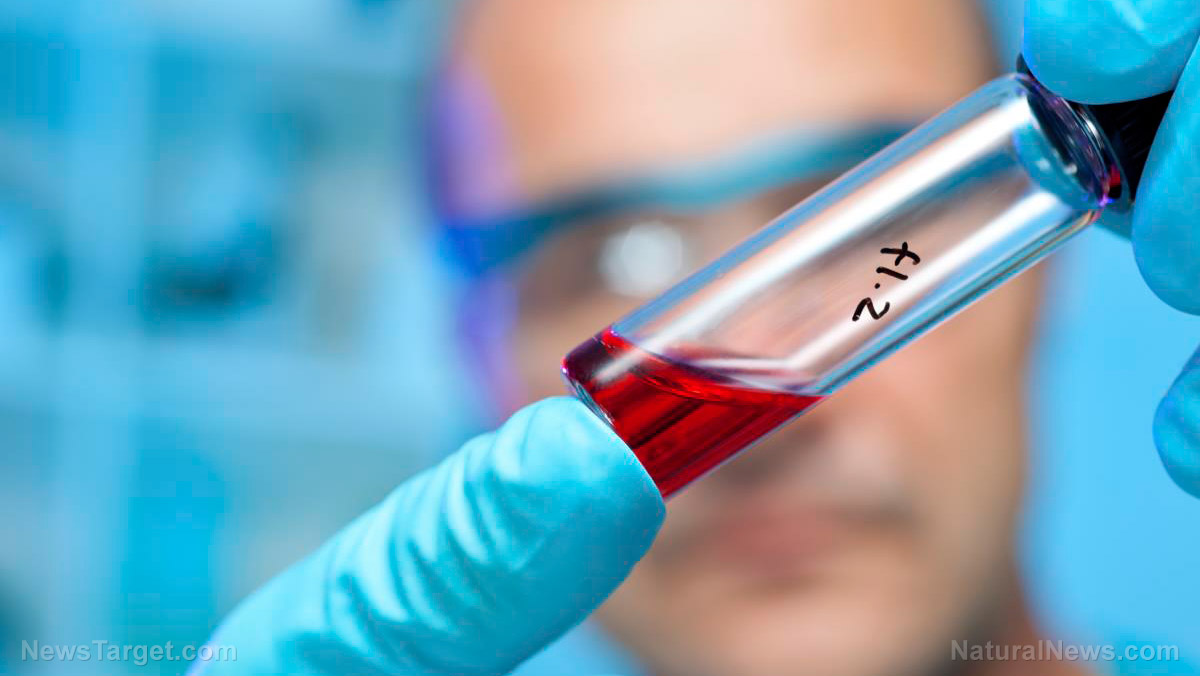
Recently discovered documents from 1980 and 1981 have shown that NHS officials willfully put patients at risk by transfusing them with contaminated blood -- and some 2,000 people died as a direct result of their disregard for human life. In total, some 7,500 people were infected with hepatitis. Many were also infected with HIV thanks to the NHS's dirty practices. And if that alone wasn't damning enough, evidence shows that these bureaucrats planned on using their victims as test subjects to pioneer new testing methods for hepatitis. Essentially, the NHS was creating its own human guinea pigs to experiment on. It doesn't get much sicker than that, or does it?
Uncovered records reveal NHS's dirty secret from 30 years ago
As The Daily Mail explains, the recently unearthed "meeting minutes" show that healthcare officials continued to provide patients with tainted blood for at least five years after the problem was discovered. At least 50 patients a year were becoming infected with hepatitis because of the contaminated blood, but NHS authorities did nothing to stop the distribution of tainted blood until 1986 -- even though they first became aware of the issue sometime between 1980 and 1981.
The Daily Mail reports further:
Scientists were so sure the blood was dangerous, they even planned to use victims as guinea pigs to develop a new test for hepatitis, say the papers, which are likely to play a central role in a major civil action to be lodged at the High Court today, in which 300 families of victims are suing the Government.
The concerns about contaminated blood first began to rise in the mid-1980's, as a result of the AIDS epidemic in the United States. But in the UK, concerns about tainted blood yielding hazardous effects on the population were first born in 1980. At an international hematology symposium that year in Glasgow, Dr. Howard Thomas predicted that within ten years' time, the effects of contaminated blood would be impossible to ignore. "Bearing in mind the proportion of the patients that are infected, or have persistent abnormal liver function tests – anything from 60 to 80 per cent – it will be an enormous problem when it happens," he said.
The son of a victim of contaminated blood unearthed the damning documents which show scientists were well aware of the problem, the grim future it would bring, and the fact that they chose to ignore it.
During June of 1981, the UK government's blood transfusion research committee held a meeting, during which officials discussed the fact that hemophiliac patients treated for clotting problems were already exhibiting symptoms of hepatitis. These officials believed so strongly that patients treated with these products would become infected, they decided that instead of fixing the issue and saving their lives, it would be better to simply experiment on them. It was proposed that these patients, infected with deadly diseases by their own government, should be used in trials to develop new medical testing procedures.
The NHS consciously chose to sacrifice the well-being of innocent people for their own gain (something they'd like to call "the greater good," no doubt) and in many cases, their little experiment cost people their lives.
Dr. Diana Walford, now 73, was present at that meeting. At the time, she was a senior official for the Department of Health and Social Services, but she went on to become the Government's deputy chief medical officer. The Mail reports that she has refused to even discuss the meeting and has also refused to provide evidence for an official investigation of the scandal.
How contaminated blood spread in the UK
The NHS's issue with contaminated blood primarily applies to hemophiliacs in need of clotting factors. The clotting agent, known as Factor VIII, was extracted from donors' blood. One injection could contain material from up to 3,000 donors; contamination from any number of infections was almost inevitable. When the NHS ran low on supplies, they began importing Factor VIII from the United States. But in the US, the clotting agent was often taken from high-risk populations who donated blood for money; prison inmates, drug addicts and prostitutes, just to name a few.
As a result, 7,500 people in the UK contracted hepatitis. Some 2,000 died, while others were left with devastating health issues. Some even caught HIV from their transfusions. During the 1980 meeting in Glasgow, leading virologist Dr. John Craske commented that he was especially worried about "non-A, non-B hepatitis" –which we know today as hepatitis C. He said at the meeting, "There is a high risk from the use of Factor VIII or IX concentrate that the patients will contract non-A, non-B hepatitis, and a 20-30 per cent chance of resultant chronic hepatitis."
Even in the wake of evidence that shows the NHS knew they were willfully putting people at risk -- and chose to do so for their own gain -- the Department of Health is quoted as saying, "We took steps to protect patients according to the best information then available."
Will the NHS ever admit to its wrongdoing?
Sources for this article include:
Please contact us for more information.























